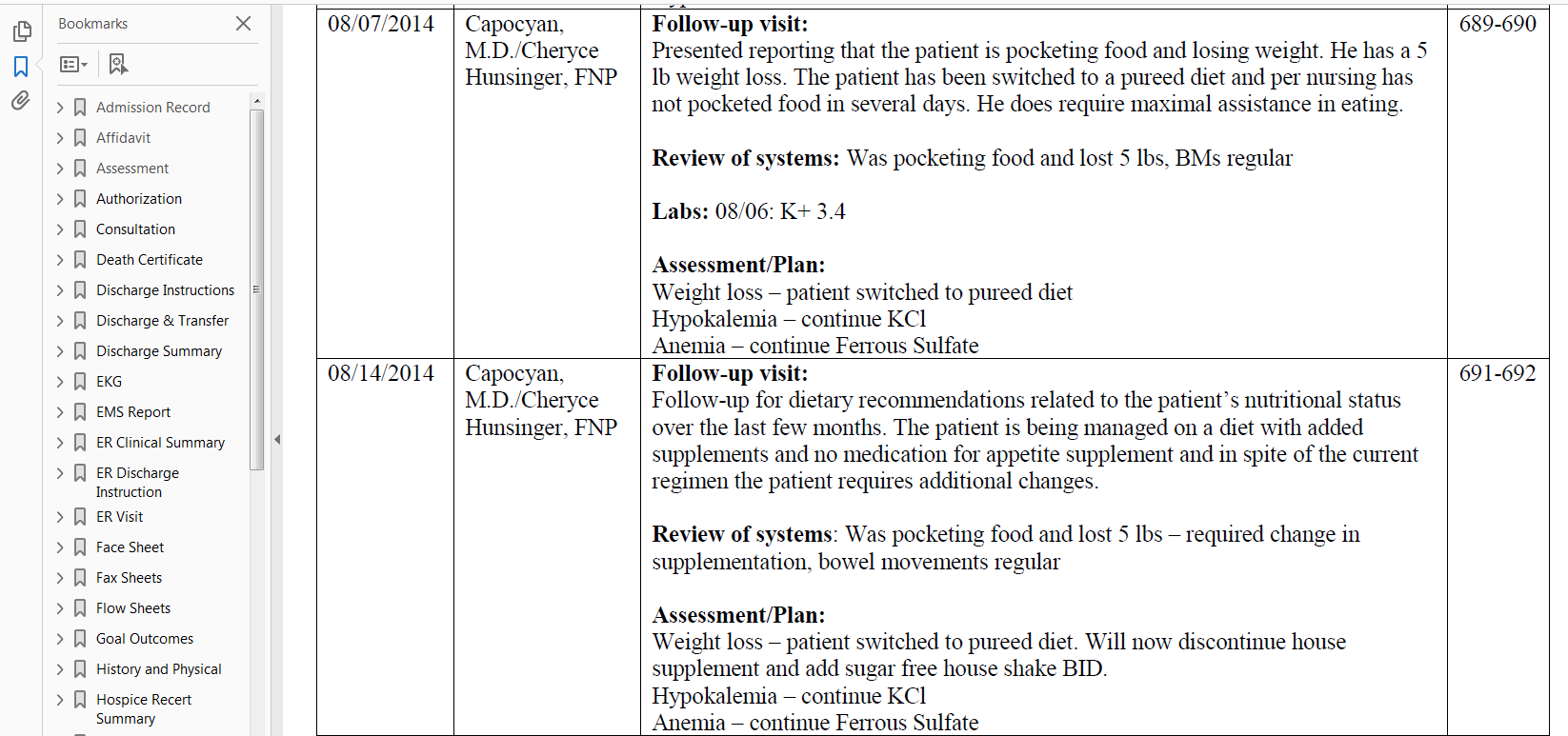
Introduction
Having soft tissue injuries describes the trauma that someone has suffered, and this is also a common aspect of personal injury claims as far as litigation is concerned. These are injuries affecting skeletal muscles and connective tissues such as tendons, ligaments and fascia, and occur due to car accidents, falls or sports injuries. For lawyers working on personal injury litigation, it is crucial to note the specific characteristics of soft tissue traumas if they are to provide good representation. This article examines the pertinent aspects related to soft tissue injury claims, as well as how a review of medical records can be effectively utilized by attorneys in furthering their cases.
What Are Soft Tissue Injuries?
Definition and Types
Soft tissue injuries encompass a range of conditions, including:
• Sprains: Damage to ligaments because of over-stretching or tearing caused by injury.
• Strains: Damage to muscles or tendons in excess of force – muscle stretch injury.
• Contusions: Marks in the skin which appear due to direct impact to a particular area – bruise.
• Tendinitis: Swelling and redness of the tendons which is often an outcome of repetitive movements.
• Bursitis: Redness and swelling of the bursa, which is a sac filled with fluid surrounding the joints to allow free movement of bones.
Common Causes
Soft tissue injuries can result from various incidents, including:
• Automobile Accidents: Whiplash or painful muscle spasm along with neck muscles.
• Workplace Accidents: Employees may fall or strictly working in the same position may lead to other physical injuries.
• Sports Injuries: Exceeding your range and straining of joints or muscles due to a blow.
The Importance of Medical Records Review
What is Medical Records Review?
The activity of scrutinizing a patient’s past medical history, treatment, and related outcomes is termed medical records review. For lawyers, there is no question that this step is important in determining the degree of injuries and the suffering the victim experienced.
How Medical Records Aid Personal Injury Claims
- Establishing Injury Severity: Detailed medical records provide evidence of the injury’s severity and the necessary treatments.
- Documenting Treatment Compliance: Records show whether the injured party followed prescribed treatments, which can affect compensation.
- Linking injuries to Incidents: Medical documentation can help establish a direct connection between the incident and the injuries sustained.
Key Considerations for Attorneys
Understanding the Medical Terminology
Familiarity with medical terminology is essential for attorneys. Key terms include:
• Mechanism of Injury: Explanation as to why the injury took place.
• Diagnosis Codes: Knowledge of the use of ICD codes that are adequate for soft tissue injuries.
• Treatment Protocols: Basic protocols on how common injuries should be managed.
Gathering Evidence
- Collection of Medical Records: Make sure the relevant medical records including initial examination, treatment, and subsequent visits are collected.
- Expert Witness: Perhaps seek assistance from doctors on how the injury and the treatment will affect the claim.
Case Studies
Case Study 1: Whiplash from a Car Accident
Overview: A rear end collision led to a whiplash injury being sustained by a 35 year old female.
Challenges: As there was no substantial evidence supporting the range of motion previously reported to the insurance company, they try to downplay the seriousness of her injuries by stating that she didn’t seek any medical aid right away.
Solutions: Thankfully, a flawless patient social history and review of medical records demonstrate a treatment schedule to include physical therapy degradation and pain relief – which contributed further evidence of the injury’s existence.
Case Study 2: Sports Injury in a Workplace Setting
Overview: A claim for shoulder strain during the lifting of heavy machinery by a 28 year old male resulted in a complication as the employer felt otherwise post injury.
Challenges: The employer stated that the claim was not valid and the injury in question has been there since before.
Solutions: There were no prior complaints as to the timeline provided by the medical records and the injury was established for the expert witnesses as a work-related injury.
Current Trends and Statistics (2024)
As estimated by the National Safety Council approximately 40% of all personal injury lawsuits in the United States are soft tissue injuries. As soft tissue injuries such as strains and sprains become more prevalent due to remote working and sedentary behavior, their rates are expected to grow.
Conclusion
Lawyers who deal with personal injury claims have to comprehend soft tissue injuries in order to be effective. Such records can be critical in enhancing one’s case strategy, dispelling some popular myths about a case, and in assisting a client to receive a needed representation in a case by a lawyer. In an era where the personal injury law is changing rapidly, lawyers have to be updated on latest developments in medical and other relevant fields in order to succeed in dealing with soft tissue injury claims.




